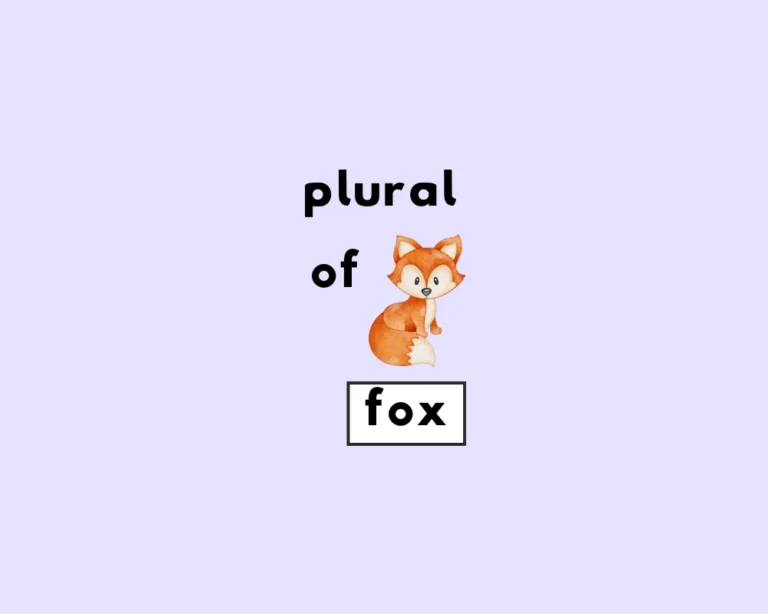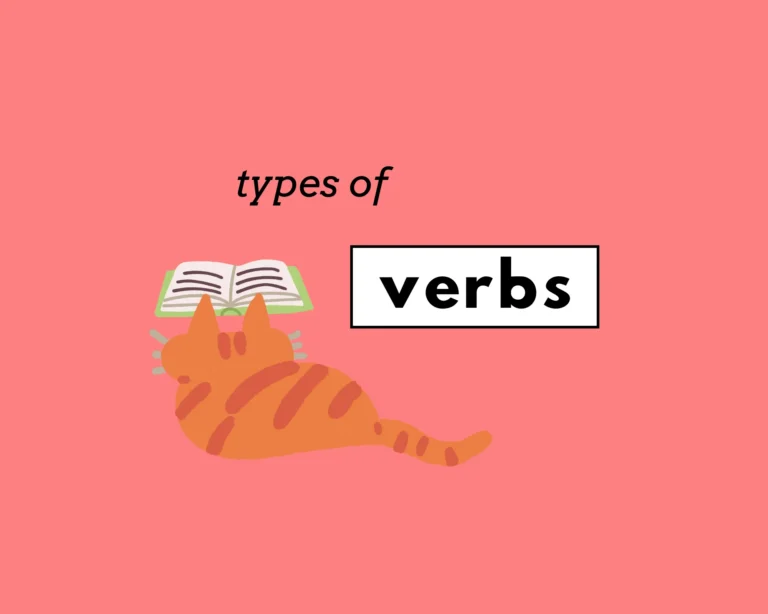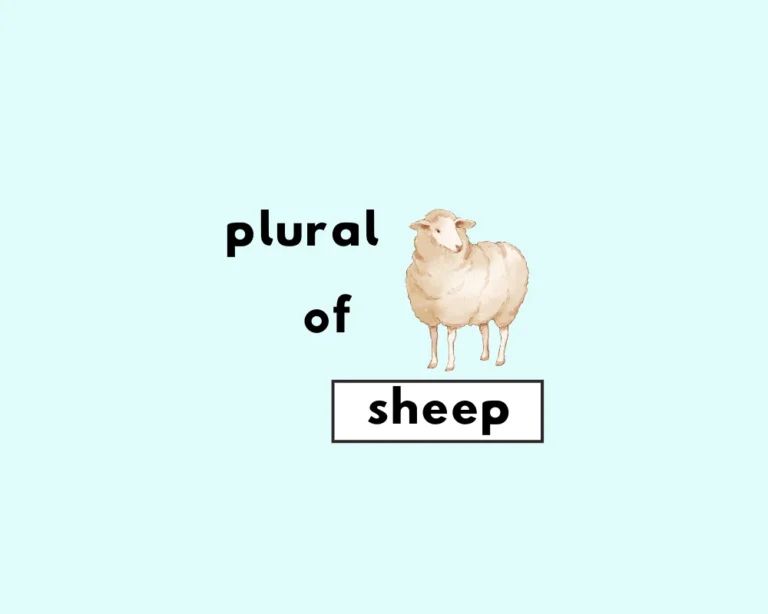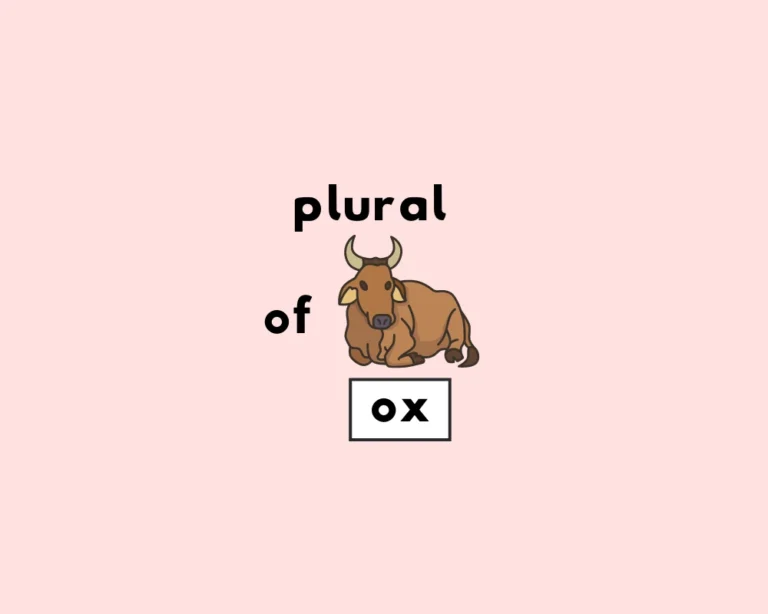
What’s an Oxford Comma?
What’s an Oxford comma, anyway? When and where is an Oxford comma used in sentences, and when is it best to omit the Oxford comma
Explore the breadths and depths of Grammarflex’s knowledge base, containing resources and comprehensive guides on pretty much everything you could want to know related to English grammar and writing.
Learn all about the main parts of speech, which (in case you forgot) comprises of verbs, nouns, adjectives, pronouns, adverbs, conjunctions, prepositions and interjections. Beyond the fundamentals of English grammar, you’ll find guide on writing mechanics and style, literary devices amd more.


What’s an Oxford comma, anyway? When and where is an Oxford comma used in sentences, and when is it best to omit the Oxford comma


Verbs describe actions and states of being. Transitive and intransitive verbs concern whether actions are done to someone or something, and have a sentence object.

What’s the difference between invoke vs evoke? Though they both derive from the same root word, vox, (Latin for voice,) their definitions and contexts in

What are verbs? (explained + examples) Verbs are action words, and they’re a principal part of speech that make up half of each sentence. We could

Semicolons connect closely related independent clauses, and they are used to clearly separate items in a list or series with commas.

Colons signify a close relationship between clauses, and introduce items in a list or series.

Make no moose-take, the only correct plural of sheep is sheep, sans -s .

Make no moose-take, the plural of ox is oxen.